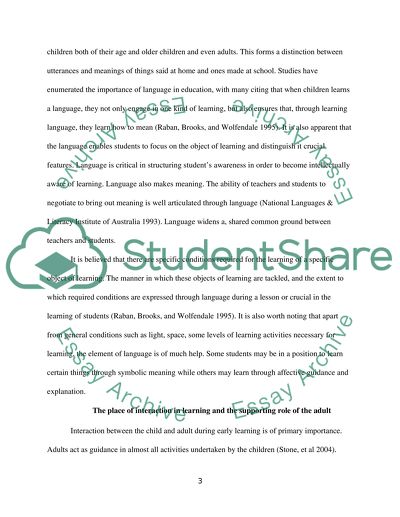Cite this document
(“The NSW English k - 6 Syllabus Essay Example | Topics and Well Written Essays - 1500 words”, n.d.)
The NSW English k - 6 Syllabus Essay Example | Topics and Well Written Essays - 1500 words. Retrieved from https://studentshare.org/english/1447923-the-nsw-english-k
The NSW English k - 6 Syllabus Essay Example | Topics and Well Written Essays - 1500 words. Retrieved from https://studentshare.org/english/1447923-the-nsw-english-k
(The NSW English K - 6 Syllabus Essay Example | Topics and Well Written Essays - 1500 Words)
The NSW English K - 6 Syllabus Essay Example | Topics and Well Written Essays - 1500 Words. https://studentshare.org/english/1447923-the-nsw-english-k.
The NSW English K - 6 Syllabus Essay Example | Topics and Well Written Essays - 1500 Words. https://studentshare.org/english/1447923-the-nsw-english-k.
“The NSW English K - 6 Syllabus Essay Example | Topics and Well Written Essays - 1500 Words”, n.d. https://studentshare.org/english/1447923-the-nsw-english-k.


